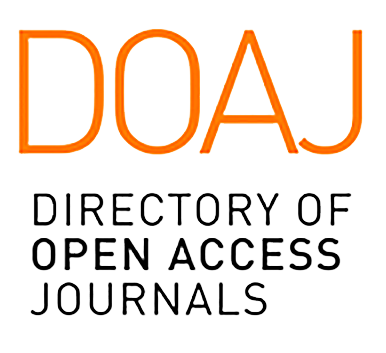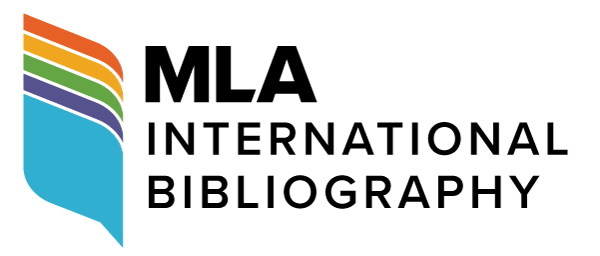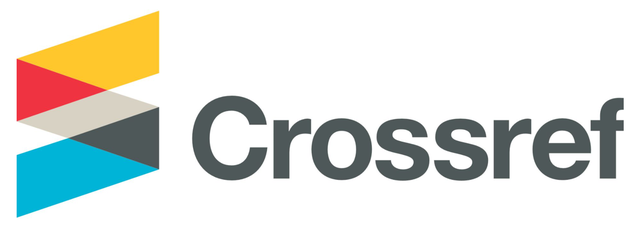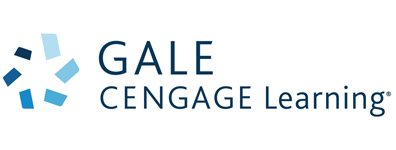

2708-9517








MLA Directory of Periodicals
REAO: East Asian Studies Journals
EBSCO Education
ProQuest
Google Scholar
Semantic Scholar
ROAD
BASE
Helka Helsinki Library
Baidu Scholar
Ex Libris
Jouroscope
US Department of Commerce Research Library

Chenqing Song
Qifei Kao
Binghamton University, State University of New York, USA
Abstract
This research examines the performance of Generative AI models (Gen AIs) compared to advanced language learners of Chinese in prompted translation tasks. We utilize discourse analysis (Bender & Lascarides, 2019; Cruse, 2011; Goddard, 1998; Kroeger, 2019), especially social-cultural analysis, through the functionalist model of translation quality assessment framework proposed by House (1997, 2014). This model assesses the functional equivalence of the translations through linguistictextual analysis across four dimensions, i.e., 1) Genre and three classic Hallidayan register categories, 2) Field, 3) Mode, and 4) Tenor. It is often observed that Gen AIs excel at generating error-free sentences due to their extensive linguistic databases, while advanced learners produce few errors by using alternative expressions for gaps of their linguistic knowledge, a communicative strategy, i.e., circumlocution or avoidance (Váradi, 1980; Dörnyei & Scott, 1997; Kasper & Kellerman, 1997). Therefore, the output of writing tasks presents difficulties to close comparison due to its variability. Unlike writing, translation requires precise message conveyance without paraphrasing.
In our study, three advanced Chinese learners and five Gen AI models completed translation of eight texts (each with a word count of 400-500) from English to Chinese. When evaluated with this model, Gen AIs produce awkward or inappropriate translations, failing to capture nuanced tones, styles, and contextual suitability. Similarly, advanced learners occasionally choose expressions that, while seemingly correct, are contextually inappropriate, highlighting the need for refinement in their language proficiency. To leverage these similarities in functional mismatches, we propose a collaborative revision process (Min, 2006; Hu & Lam, 2010; Henshaw, 2023) in advanced language teaching. Learners compare their translations with those generated by Gen AIs and revise them based on the teachers’ feedback on discourse and functional issues to improve their linguistic competence. This research presents instructional design ideas, classroom activities, and student assignments for implementing this collaborative revision process effectively.
Keywords
Generative AI, advanced Chinese learners, translation, House Model of Translation Quality Assessment, peer collaborative learning
生成式人工智能与高级汉语学习者在翻译任务中的比较研究:基于 House 模型的教学启示
宋晨清
考启菲
纽约州立大学宾汉顿分校,美国
摘要
本研究比较了生成式人工智能( Gen AIs)与高级汉语学习者在翻译任务中的表现差异与共性。研究采用 House( 1997, 2014)提出的功能主义翻译质量评估框架,结合话语分析与社会文化视角,从文体类型、语场、语式与语旨四个维度,评估了生成式人工智能与高级学习者所产出的译文的功能对等性。在传统的写作任务中,生成式人工智能凭借庞大的语言数据库,往往能输出语法严谨、结构清晰的句篇 ;而高级中文学习者则倾向于通过替代表达来弥补语言知识的不足,采用“迂回”或“回避”等交际策略( Váradi, 1980 ; Dörnyei & Scott, 1997 ; Kasper & Kellerman, 1997)实现表达目的。然而,相较于写作,翻译任务更为严苛,要求译者在不扭曲原意的前提下,精准而得体地传达信息,因此更能考验语言运用的准确性与语境适配能力。本研究中,三位高级汉语学习者和五种生成式人工智能模型分别完成八篇英译中翻译任务(每篇约 400 – 500 英文词)。使用 House 模型进行评估的结果显示,尽管生成式人工智能在语法层面表现出较高的准确性,译文却时常语气生硬、风格失衡或偏离语境 ;高级汉语学习者的译文虽基本通顺,在语用层面也时有不合语境的表达。鉴于两者错误类型的相似性,本文提出在高级语言教学中引入“协作式修改”教学策略:学习者可在教师提供的话语与功能反馈基础上,对照人工智能生成的译文进行比对与修订,从而深化语言理解与表达能力。本文进一步提出了一套可行性强的教学方案,内容涵盖具体课堂活动与任务设计,旨在为语言教学实践提供新视角与方法参考。
关键词
生成式人工智能,高级汉语学习者,翻译